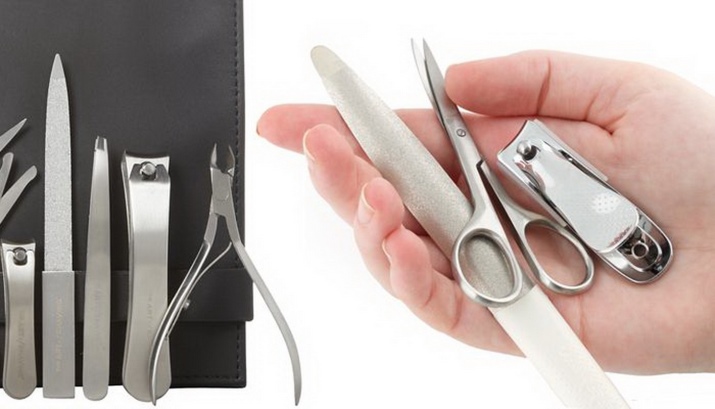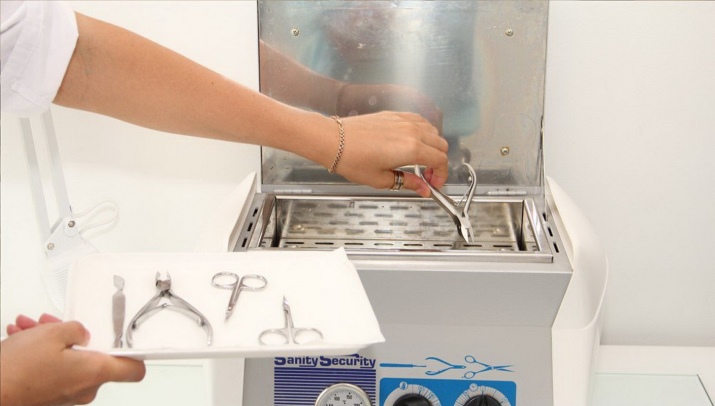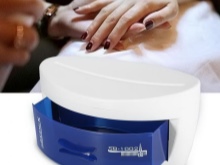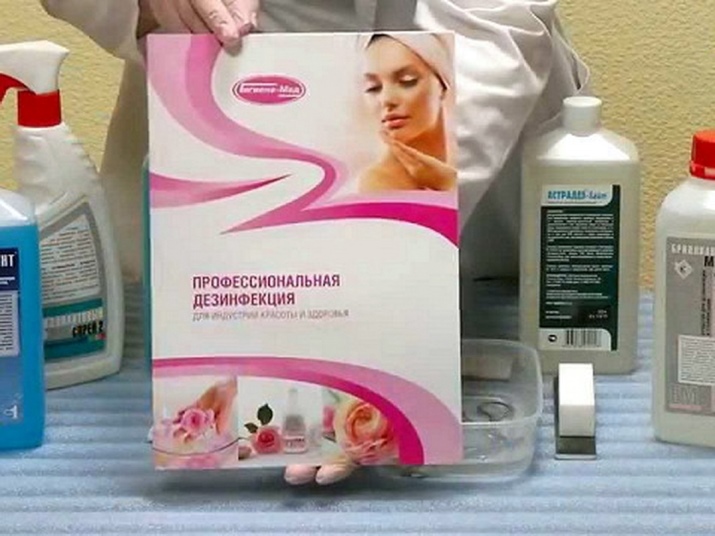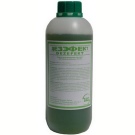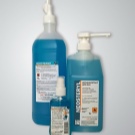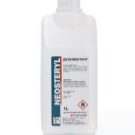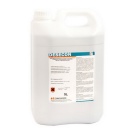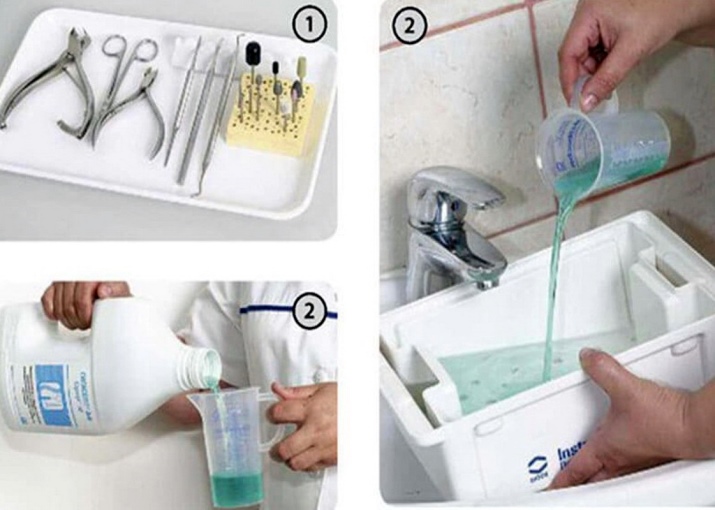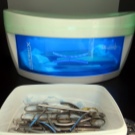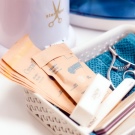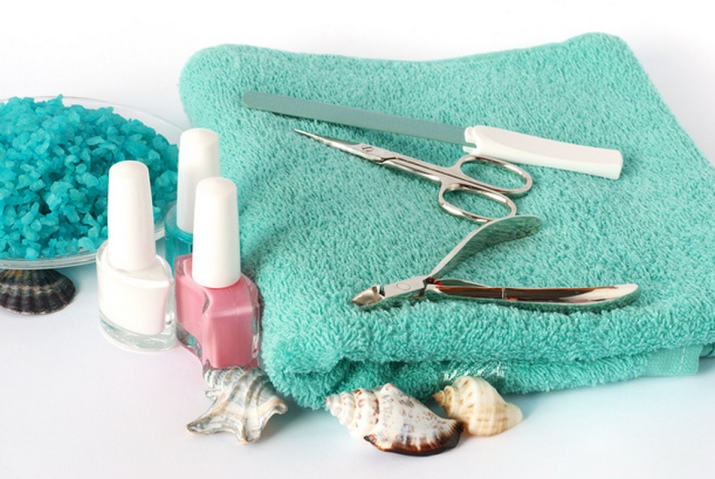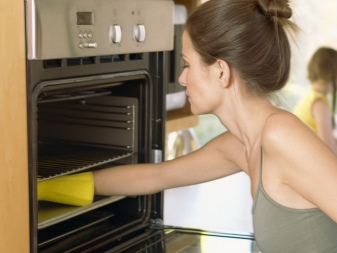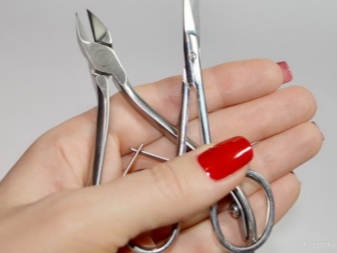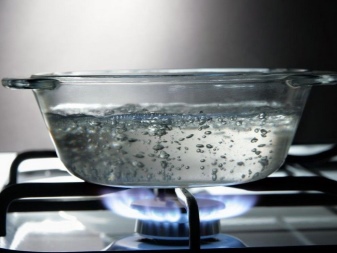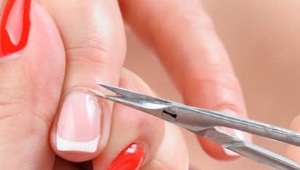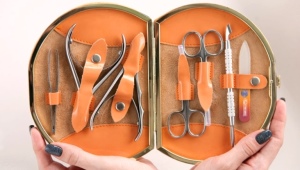Sterilization manicure tools
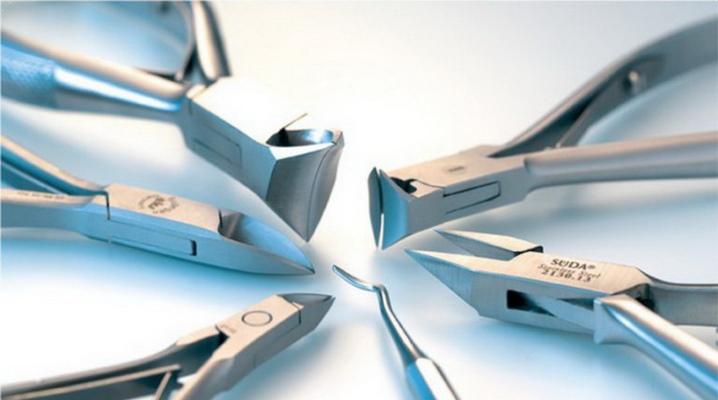
Salon procedures have long ceased to be the privilege of extremely wealthy people. On the contrary, now almost every girl goes to a manicure, pedicure, visits a beautician, a massage therapist or spends time in a spa. We have associated beauty centers not only with beauty, but also with cleanliness, and how can it be otherwise - after all, all the procedures that they offer there are somehow concerned with personal hygiene. That is why post-and pre-procedural preparation of tools and equipment is very important. Today we will talk about the disinfection and sterilization of tools for manicure work.
Features
Manicure is a procedure during which small particles of a client's biomaterial remain on the tools and equipment. But any, even the smallest drop of blood or a practically invisible skin flake can keep harmful bacteria, viruses and other microorganisms. That is why SanPiN has developed certain requirements for disinfection and sterilization of manicure accessories.
By the way, it is necessary to distinguish these two concepts. Disinfection is the treatment of surfaces and tools with special means for the destruction of pathogens. But she cannot cope with pathogenic microbes. Sterilization kills absolutely all known viruses, fungi, prions, bacteria and spores. No wonder the word "sterile" means "disinfected, clean".
Types and technology of processing devices
To carry out the procedure of sterilization of instruments in several ways, each of which has its own characteristics, advantages and disadvantages. Do not stop your choice only on any one of them, but rather get several tools for processing different tools:
- Dry heat or dry heat cupboard. One of the most effective sterilizers, killing microorganisms by exposing them with high temperature. But not all nail accessories are able to withstand such sterilization. Only those that are made of cobalt alloys or Japanese steel are processed in the dry burner, while the rest after such processing can “die” along with the bacteria.
For complete disinfection of instruments, 20 seconds is enough. Leaving them in a dryjar after processing is strictly prohibited.
- Oven (oven). Yes, yes, no wonder - an ordinary kitchen oven can also serve as a sterilizer for manicure accessories! To carry out this procedure, wash the equipment in running water, wipe dry and place in an oven preheated to 220 degrees. After 15-20 minutes, pull out. Do not use cold water for cooling.
- Autoclave or steam sterilizer. It disinfects instruments with hot steam (up to 134 degrees). They need to lay out in 1 layer, after washing and drying. The autoclave sterilization process lasts 20 minutes.
- Glosperlen or ball sterilizer. It is a metal container in a plastic case filled with small balls of quartz glass. This device is equipped with heating elements that, after turning it on in the network, act on these balls and they heat up to a temperature of 240 degrees in half an hour. After that, pre-cleaned and dried manicure accessories are inserted (only metal ones!) And they are still there for half an hour. Then they need to remove and rinse in a disinfectant solution and can be used.
- Ultrasound. Cleaning with it is as follows: a disinfectant liquid is poured into a special container, tools are laid out there and it is placed in an ultrasonic sterilizer, which removes impurities by wave vibration exposure. Copes even with corrosive phenomena.
- UV sterilizer. As the name implies, it fights microorganisms by irradiation with ultraviolet rays. Good fights rust.
- Chemical processing Not the most popular sterilization method. The fact is that for the destruction of absolutely all harmful microbes and viruses, quite aggressive reagents and special conditions are required: a separate room, containers that are resistant to their effects, overalls for personnel, suitable storage conditions. Not every salon can afford to carry out such a procedure, especially since there are much more accessible and equally effective methods.
When processing is carried out, the toolkit is packed in special bags. There are several types of them:
- Kraft packages. Sealed with clips and help instruments maintain sterility for 3 days;
- Sealed sachets. Duration of sterility in them - 20 days;
- Paper bags with thermal welding. In such sealed packages instruments keep sterility for a month.
What to process?
Manicure accessories must go through several degrees of purification from harmful microorganisms before the master uses them for their intended purpose. Pre-sterilization cleaning consists in removing particles of dead skin and biological fluids and is washing the instruments in running water using simple soap. Clean supplies are loaded into the sterilizer, undergo global processing from all bacteria and viruses, and then packaged in sealed sachets. And immediately before the procedure, they pass the last stage of disinfection. She also passes the workplace and the hands of the master and the client. The following drugs are used for this:
- Neosterol colorless. It is used for rapid disinfection of work surfaces, equipment, tools. Contains alcohol. Dries quickly and does not require rinsing. It has a wide spectrum of action (it kills many varieties of fungi and viruses, including AIDS, hepatitis, rotavirus; bacteria and microbes). It does not require ventilation of the room after processing, it can be used even with visitors;
- Neosteril blue. Disinfector for the hands of the master and the client. It is a ready-made solution that you need to wipe your hands immediately before starting the procedure. Also, this fluid has a healing effect. It is absolutely safe, does not cause allergic reactions and irritation on the skin;
- Desecon, Dezefekt, Desekon-OM. Disinfection preparations tools. They are similar in their properties. They are solutions of special disinfecting chemicals that are poured into the bath and all the instruments are laid out there. After treatment, thorough rinsing in running water is necessary.
Desecon can be used for a month, Desefect and Desecon-OM - for 2 weeks, after which the solutions become unusable and need to be replaced.
Main steps
Disinfect and sterilize the instruments must be in a certain sequence. The whole process takes quite a long time, so each manicurist must have several sets of tools to replace. So:
- After you have completed the manicure procedure, all used tools should be thoroughly washed in running water with soap, removing visible dirt;
- Then they are placed in a tray with disinfectant liquid and kept for a certain time in it;
- Disinfected instruments are placed in the sterilizer.There they undergo global processing from all harmful microorganisms;
- After that, the already sterile accessories are packaged and packaged in sealed bags to maintain their purity;
- Immediately before the next procedure, the client opens the bag and processes the instruments again with alcohol or a disinfectant solution.
How often should be processed?
In general, all manicure accessories are divided into 2 types depending on the material of manufacture - they are porous and non-porous. Porous - these are most often tools for single use or reusable, but requiring special cleaning. Non-porous - reusable and easy to clean. Therefore, before proceeding with the procedure of disinfection and sterilization, it is necessary to clarify which species this or that device belongs to and, based on this, take further action:
- Porous objects include fabric, wood and absorbent accessories, such as nail files (most, because there are metal ones), sponges, cotton and orange sticks, paper napkins and towels, buffs for polishing. They need to be thrown away after the first use (except for the files, but you need to watch how they transfer disinfection and if the surface begins to deteriorate after contact with liquid, they must also be disposed of).
If you use cloth towels in your work, they should be washed in a washing machine using powder at the end of each working day.
- Non-porous accessories are most often metal, plastic, glass or fiberglass. These include cutters, manicure tweezers and scissors, various brushes. They need to be sterilized and disinfected according to all the above rules after each client.
- Objects that are not in contact with the skin, for example, gels, gel polishes, acrylic, colored nail polishes do not tolerate harmful microorganisms and therefore do not need sterilization.
Home processing
The method of performing sterilization tools at home depends on who else besides you uses your manicure accessories. If you do not give them to anyone, then use an ethanol solution as a disinfector and wipe them after each procedure. Once a month it is advisable to boil them for 5 minutes. If all members of your family use the same manicure set, then more serious sterilization is necessary. And this will help you kitchen oven.
You will need: good dishwashing detergent or liquid soap, iron pan, oven gloves and gloves.
Preheat oven to 200 degrees. While it is warming up, thoroughly wash all the tools in running water with soap and water, remove dirt. Wipe them dry. Arrange on a baking sheet, keeping a distance of 5 cm between them. Place in the oven and hold there for 15 minutes, then remove it. This time will be enough to completely disinfect the toolkit.
Remember that this sterilization method is only suitable for metal objects! Plastic and cardboard files with a dusting cannot be placed in an oven!
In addition to dry heat, there is another method of home sterilization - boiling. Pour water into a small saucepan, boil it and immerse the tools there for 10-15 minutes, then gently remove, place on dry cloth and dry well.
Do not neglect the procedures of disinfection and sterilization of nail supplies! At the same time, it is absolutely unimportant whether you are only making yourself a manicure or accepting clients as a professional. Hygiene - the guarantee of health!
Answers to questions about sterilization tools for manicure you will learn from the following video.

